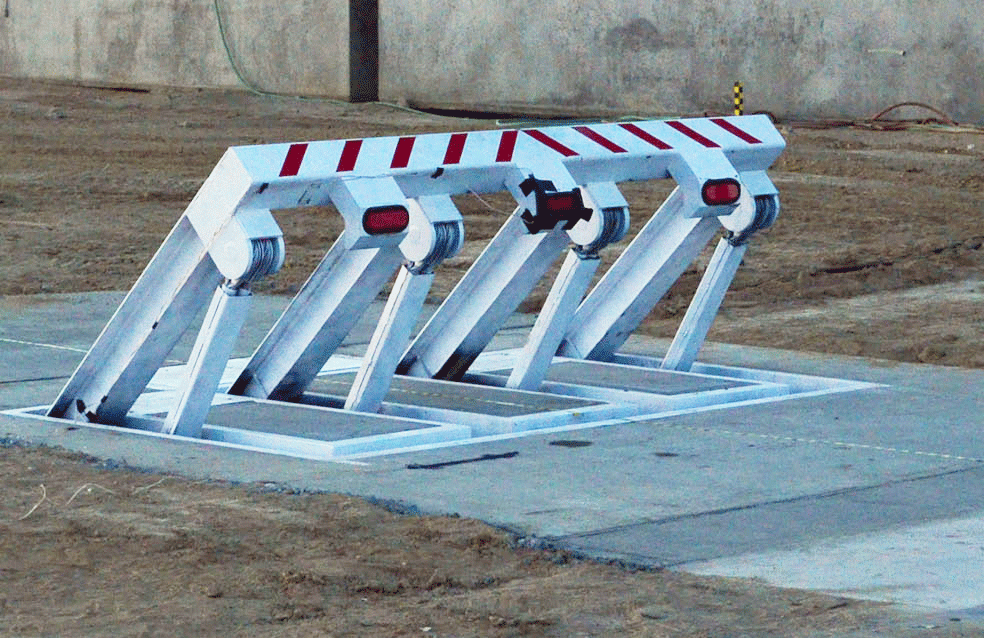Vehicle barriers, also referred to as crash barriers, are physical safety devices designed to manage or block vehicular entry to a specific space. find out here now are extensively used in varied environments to boost safety, stop unauthorized vehicle entry, and shield people and property from potential threats. Here's everything you have to find out about automobile barriers:
Types of Vehicle Barriers:
Crash Beams: Crash beams are horizontal barriers installed along roads or highways to stop vehicles from leaving the roadway and coming into harmful areas.
Wedge Barriers: Wedge limitations are raised from the ground to block autos from coming into a selected area. They are significantly efficient towards hostile car assaults.
Bollards: Bollards are sturdy, vertical posts put in in the ground to regulate vehicular or pedestrian visitors. They are available varied types, including fixed, detachable, and retractable bollards.
Gates and Rising Arm Barriers: These barriers control entry points and are commonly used in parking lots, residential areas, and secure facilities. Rising arm limitations rise vertically to allow or block access.
Key Functions and Features:
Hostile Vehicle Mitigation (HVM): Vehicle barriers, particularly crash-rated limitations, provide safety in opposition to vehicle-ramming attacks, which have turn into a major security concern.
Access Control: Vehicle barriers help in managing and proscribing vehicular entry to approved personnel only, enhancing security in sensitive areas.
Quick Deployment: Many automobile obstacles are designed for rapid deployment, making certain swift response in emergency conditions or safety breaches.
Integration: Vehicle limitations may be built-in with other security systems like surveillance cameras, access management, and alarms for a complete security answer.
Customization: Vehicle barriers can be customized when it comes to dimension, energy, and management mechanisms to suit specific security necessities.
Considerations When Choosing Vehicle Barriers:

Security Level: Determine the required degree of security based mostly on the potential threats faced by the facility. Some areas might want crash-rated limitations, while others could require standard entry management barriers.
Site-specific Factors: Consider the area obtainable, floor situations, and potential conflicts with underground utilities when choosing and installing vehicle barriers.
Integration: Ensure compatibility with current security methods and the flexibility to combine with other parts of the security infrastructure.
Regulatory Compliance: Adhere to local laws and laws governing the set up and use of car limitations, obtaining essential permits and approvals.
Maintenance: Regular upkeep is crucial for the effective operation of vehicle limitations. Choose limitations which may be durable and require minimal maintenance.
Applications:
Critical Infrastructure: Vehicle limitations are used to guard critical infrastructure corresponding to power crops, authorities buildings, and airports.
Commercial and Residential Areas: They are deployed in parking tons, residential communities, and business establishments to manage vehicle entry and enhance security.
Event Security: Vehicle obstacles are used during occasions, festivals, or rallies to create secure perimeters and stop unauthorized vehicular entry.
Public Safety: Vehicle barriers are utilized in pedestrian zones and public areas to stop unintended collisions and defend pedestrians.
In abstract, automobile barriers are important security devices used to handle vehicular access, enhance security, and shield in opposition to numerous threats. Choosing the best kind of auto barrier entails cautious consideration of security wants, site-specific elements, integration capabilities, and regulatory compliance..
